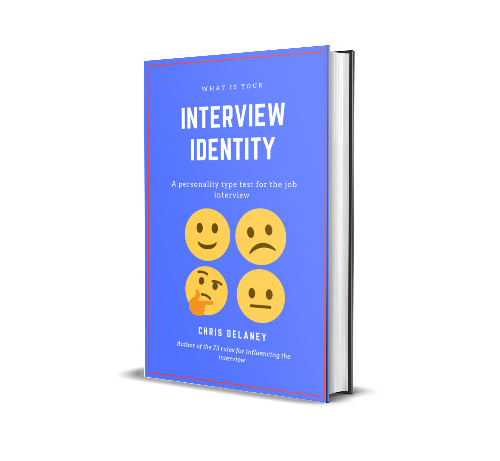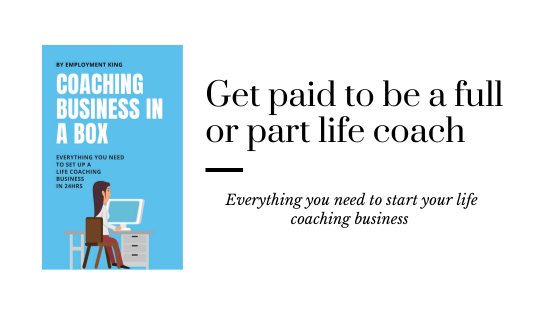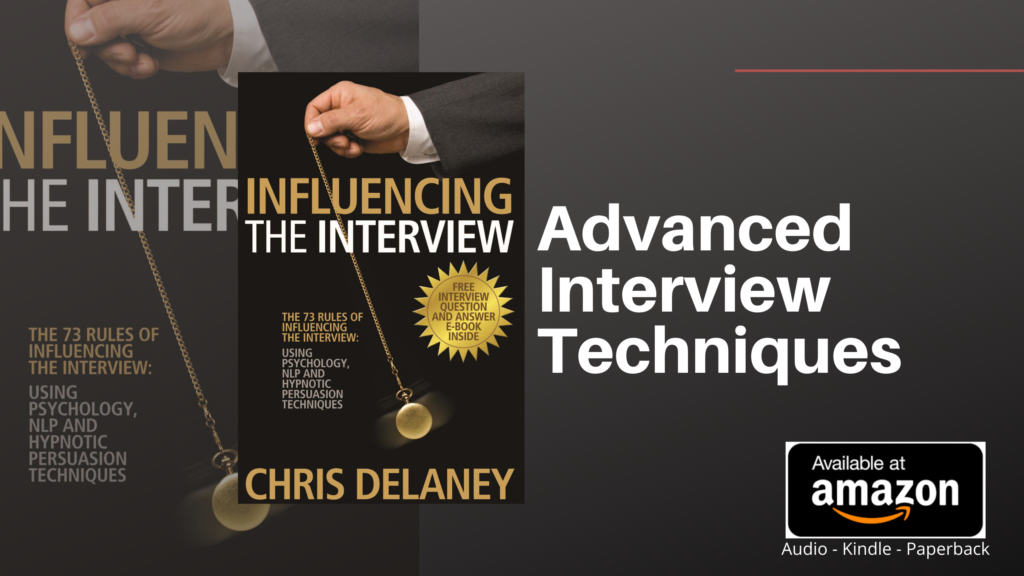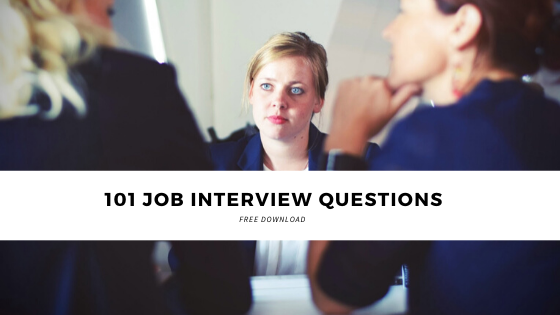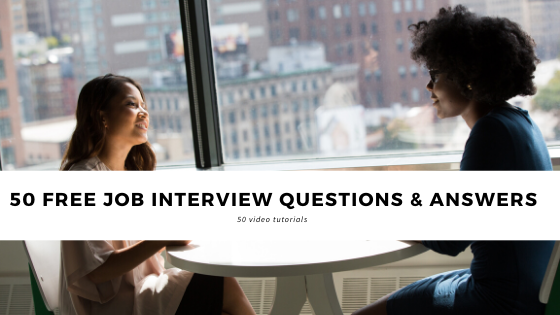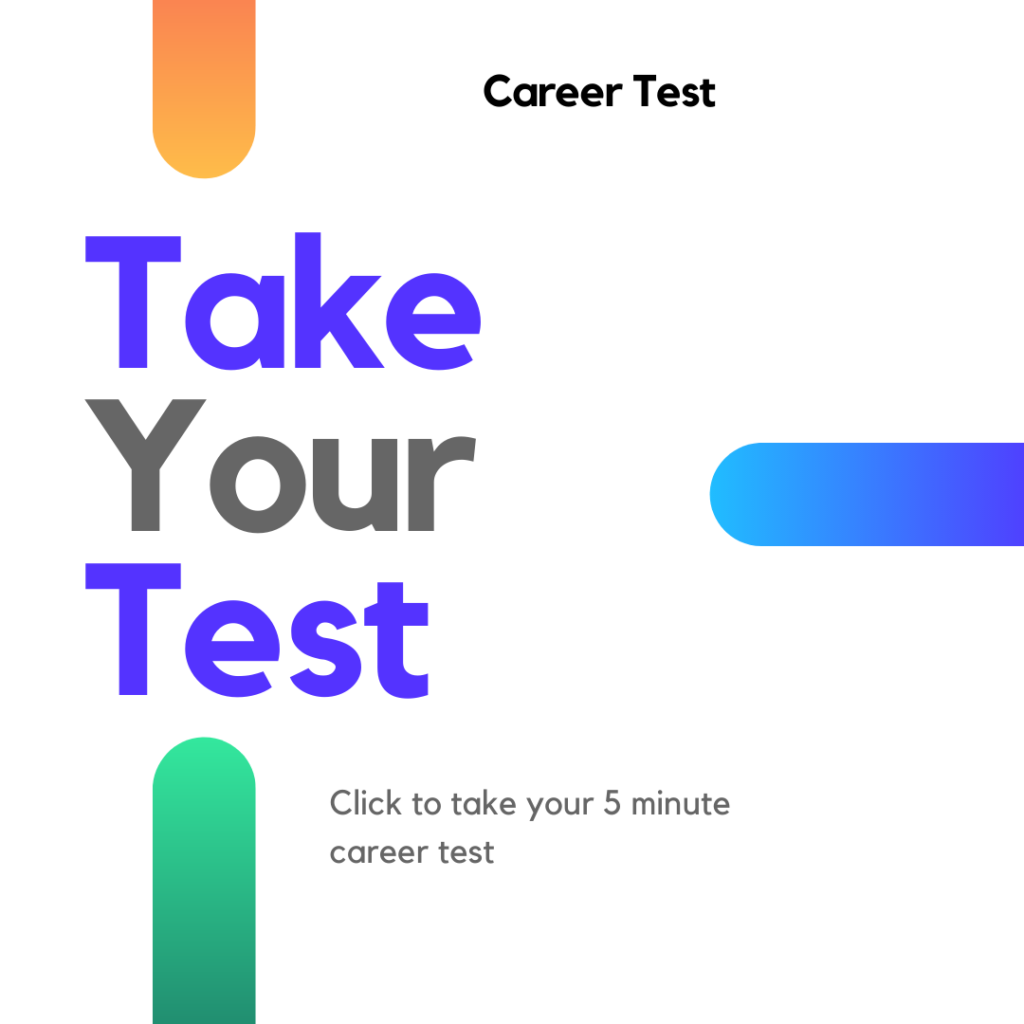Job hunters ask ‘how do you know if an interviewer likes me?’ because they are anxious about the recruitment process.
What the applicant is really asking is, ‘how likely is it that I will be offered the position after the job interview?’
But, likeability does effect the job interview outcome. This article will break down the impact of likeability in the job interview and how an interviewee can increase job offers by being liked by an interview panel.
Is the interview a fair process?
The goal of any recruitment process is to predict the job performance of each interviewee.
The predicted job performance is the main factor in the offering of the advertised position to one applicant over another.
The second factor, that influences the ‘main’ factor, the predicting of the job performance, is likeability.
To improve likeability, applicants must understand the psychology behind liking.
Humans like:
- Familiarity (affinity bias)
- What other people like (social proof)
- Things that make us feel good (emotional connection)
Likeability starts before the interview starts.
Unconscious bias is the process of an opinion being made at the subconscious level, instantaneously, about a person (or group) base on any number of stimuli.
In recruitment processes, where the employers task is to make a conscious, logical, opinion on the applicants suitability for the job role, unconscious bias can be created by a persons:
- Perceived age
- Gender
- Ethnicity
- Body mass
- Accent
- Body language
- Any number of things
The truth is, that an interviewer, when meeting the applicant for the first time, will make an opinion about that person prior to asking them an interview question. The opinion, which is an unconscious bias, as the employer doesn’t know the applicant, is made in milliseconds.
This is the initial likeability factor.
You meet someone and you like or dislike them, but you don’t know why. Or your gut feeling makes you cautious or open, or you feel drawn towards someone or you want to get away from them 9running from a potential threat).
The initial likeability is created based on a persons own experiences including the culture they grew up in.
If for example, the environment a person grew up in, generalized that a person/group with X characteristic was lazy, the interviewer with this limiting belief would search for evidence to back up their prejudice.
Research shows, that characteristics on the applicants application form, social media feed or from the opinions of others can create a pre-interview opinion.
Not all opinions are negative.
If an employer read on the candidates application form that they had a degree from a leading university, Oxford or Cambridge, as an example, a positive pre-interview opinion can be created.
In fact, if the candidate attended the same university as the interviewer, the interviewer, due to affinity bias, will have rapport with the applicant.
Having a published industry related book, or having been quoted in sector magazines, or even possessing a social media feed filled with industry updates can create authority prior to the job interview.
Strong eye contact, positive body language and being physically attractive all shape the initial opinion, as the employer meets the applicant for the very first time.
In short, the employer prior to meeting an applicant will make a positive or negative generalization (I like or don’t like this person) at the subconscious level, due to a number of different factors.
“Unconscious bias creates a likeability factor that acts as a filter during the forthcoming job interview”
Chris Delaney Author of What is Your Interview Identity.
Challenging the Initial Impression.
Most interviewers aren’t consciously aware of the reason behind their initial likeability impression.
A racist, sexist or ageist interviewer, as an example, is aware (and doesn’t care) that they dislike a certain group.
In this case it will be hard to challenge the limiting belief. But, in the main, the initial feeling about a stranger is subconscious.
For an employer who has an initial reaction, as an example, to a female applying for a traditionally masculine role, they become aware (and they care that this initial filter wont effect the interview process) making an effort to override the unconscious bias.
For many people, the unconscious bias reaction, isn’t a reflection of the values they hold true to themselves. Imagine, for example, an obese applicant applies for a job in your team.
Is the obese applicant male or female?
It doesn’t matter which gender you choose, what matters is that you automatically choose a gender – this is unconscious bias in play.
The job interview environment is designed to be a logical place, with answers being cross-reference against the job criteria. Employers, apart from the ‘aware and don’t care’ interviewers, want to hire the most suitable applicant no matter what the persons age, gender, ethnicity, etc.
One barrier to a fair interview process is that the duration of the job interview is long for one person to remain totally focused. Again, like with unconcise bias, the mind will create short cuts.
The initial short-cut the brain makes is ‘likeability’ created by the initial impression. The second short-cut, or snap decision, is the applicants ‘interview identity’.
The ‘interview identity’ is created in the first, and possibly second job interview question. Or more specific the applicants answers to each question.
If the interviewee states their sector related competencies confidently, showing added value, worth and skillset (knowledge, experience and unique selling points) the interview identity will be positive.
But, an answer that lacks specifics and filled with self-declared weaknesses and excessive use of filler words is likely to create a negative identity.
The interview identity, to generalize, is the applicant being suitable or unsuitable for the advertised position.
Check your interview identity by taking the interview prediction grid test.
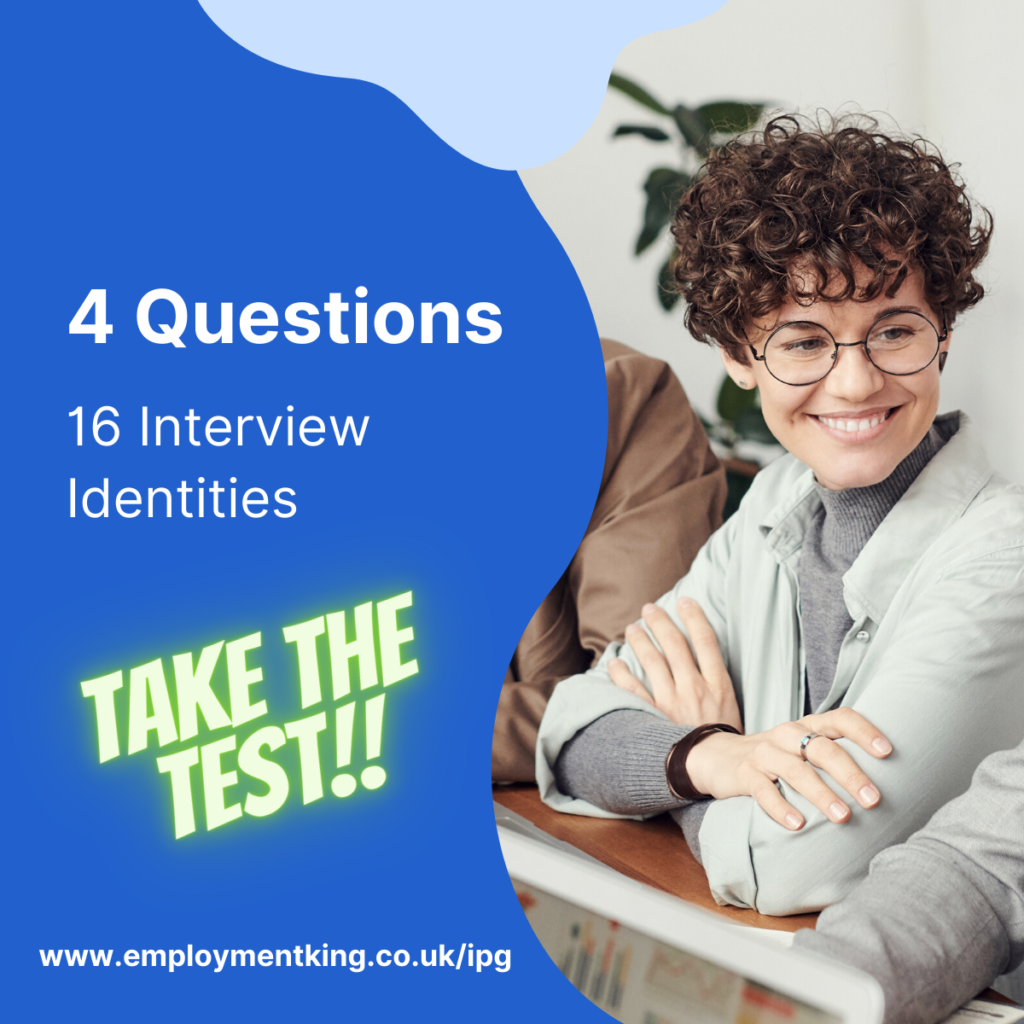
An ‘aware and care’ employer, with an initial negative impression (likeability factor) can easily be swayed if the initial interview answers highlight a high level of industry knowledge and experience (suitability).
Suitability is a logical choice and likeability is emotional. The new filter created by the ‘suability’ factor, the applicants interview identity, becomes the main focus. The mind, then searches for evidence to back up their belief ‘this interviewee is suitable/not suitable for the role’.
***the initial likeability factor can effect the suitability short-cut.
In fact, some high-scoring answers can create a ‘charismatic’ or ‘optimistic’ interview identity.

Signs that an Interviewer likes you?
It is easy to spot an interested interviewer.
If an employer doesn’t believe the candidate is suitable for the role, they will want to end the interview process as quickly as possible.
For an interested interviewer, they will show signs of desire by:
- Asking additional questions to help the applicant mention the required criteria relevant for that job question
- Positive non-verbal communication to encourage more descriptive answers from the candidate
- Sharing personal stories to build rapport with the applicant with a view to help them take the offered role
- Stating their high opinion of the applicant
- Discussing future projects that the candidate would be suited for
- Checks competition by asking about the interviewees other job interviews
Remember that just because the interviewer is interested in an applicant, this doesn’t always lead to a job offer, as the next applicant may have a stronger interview identity.



